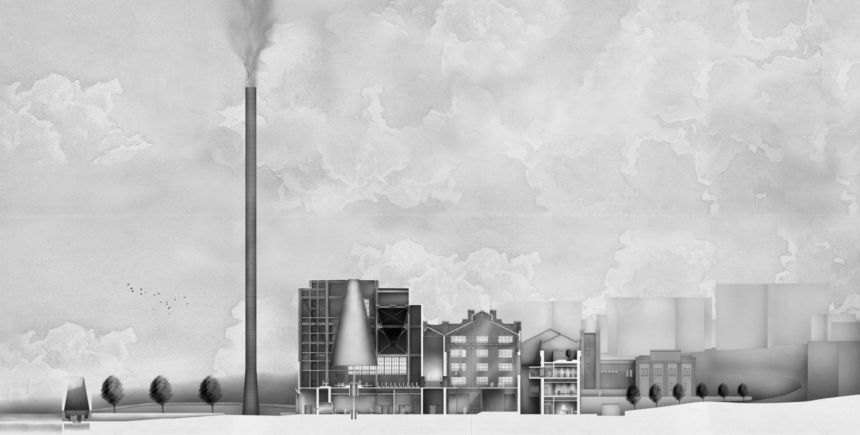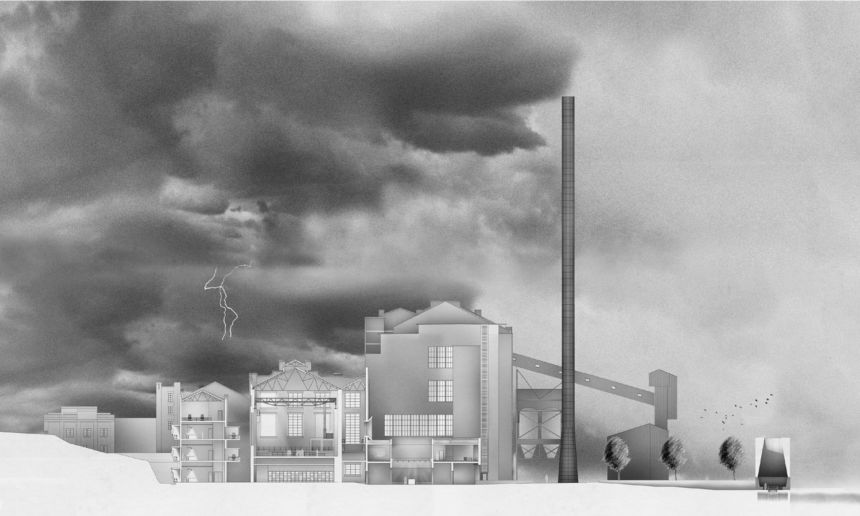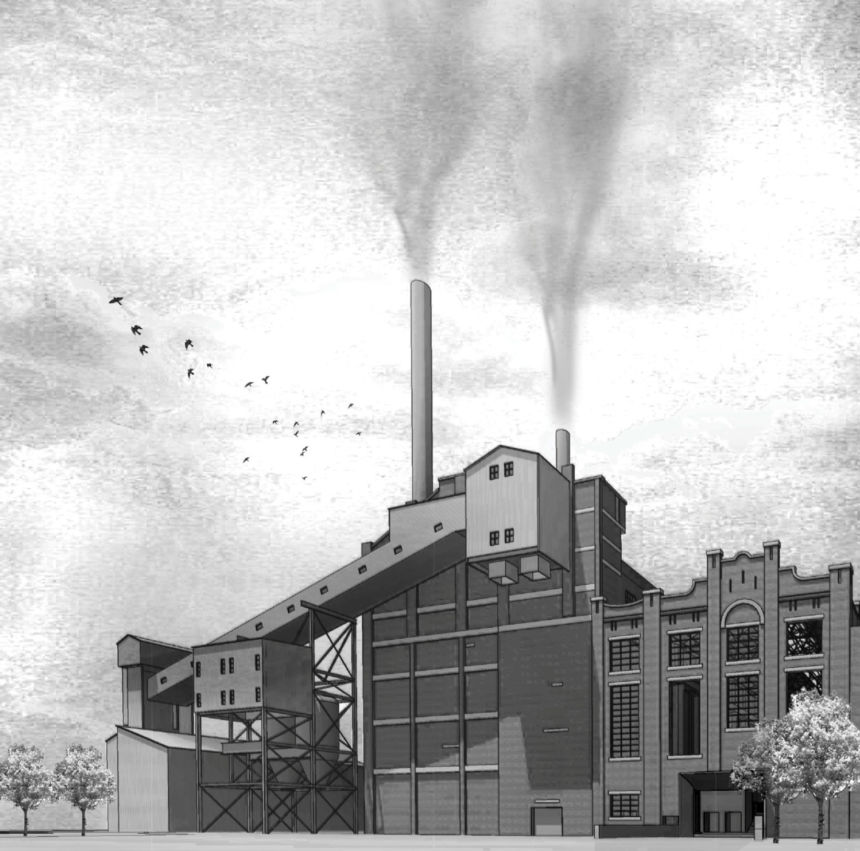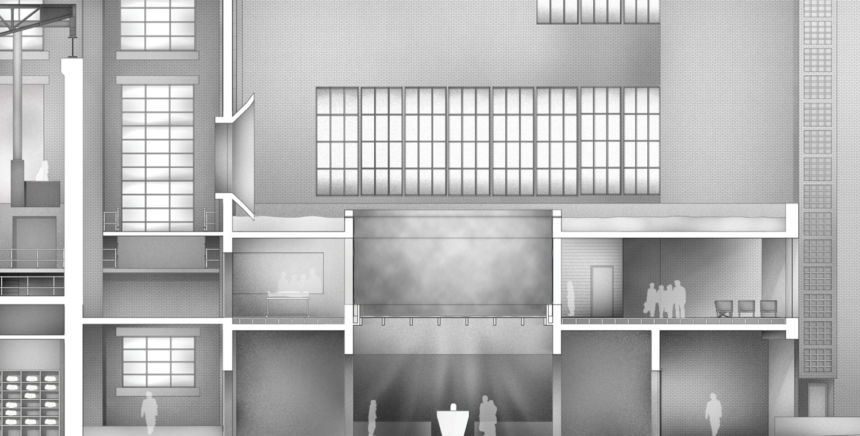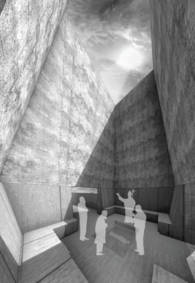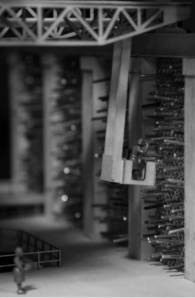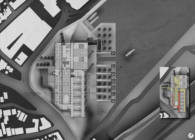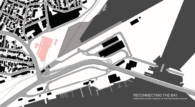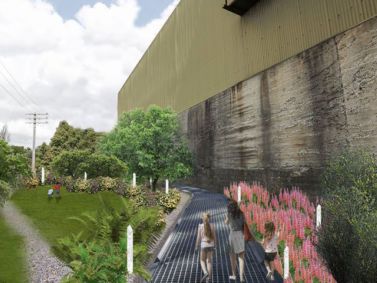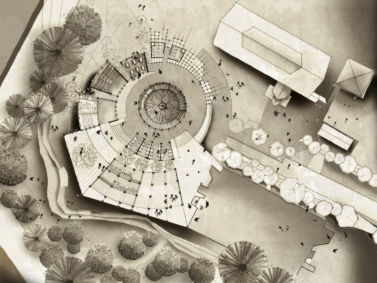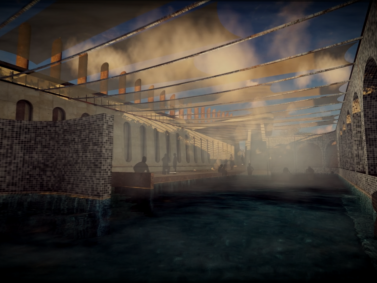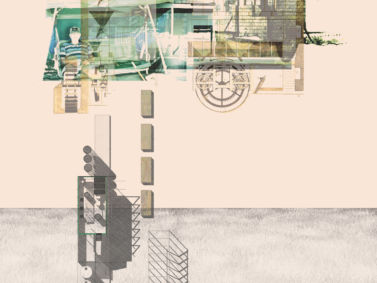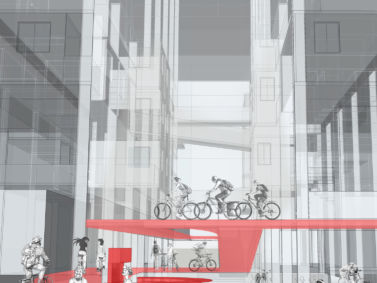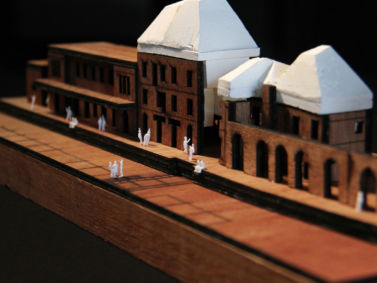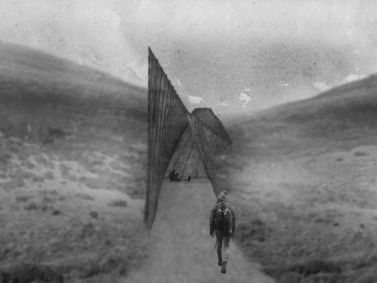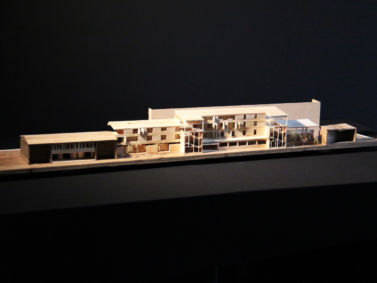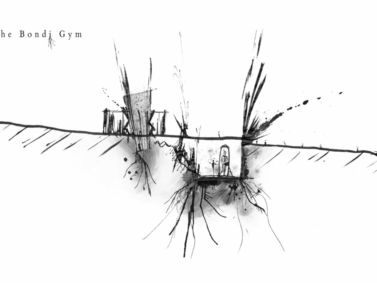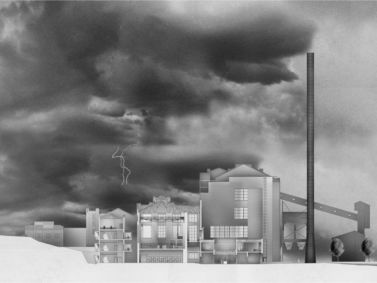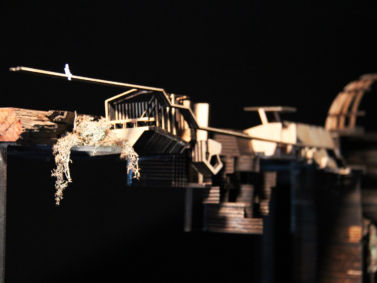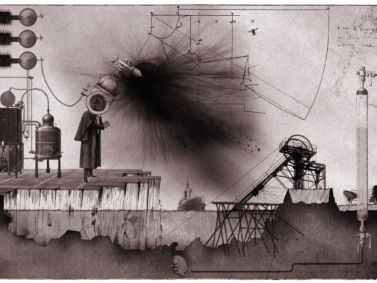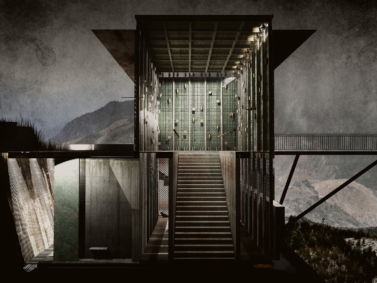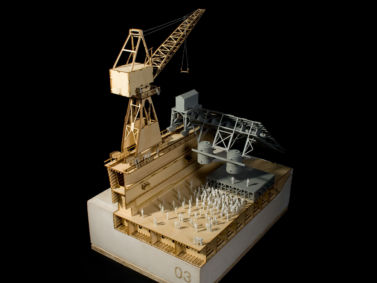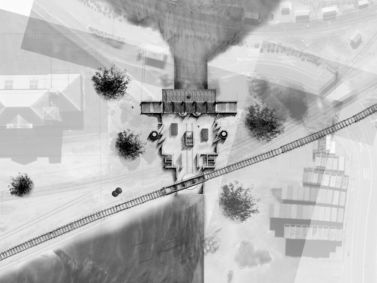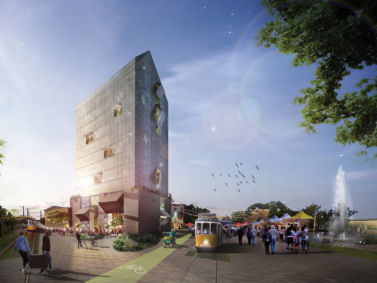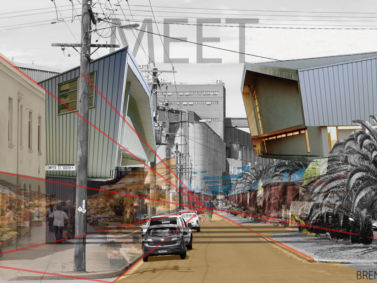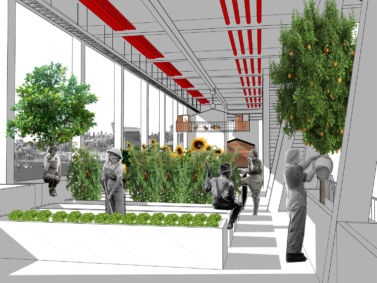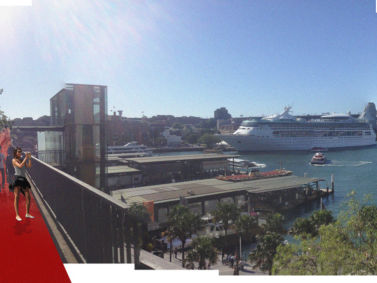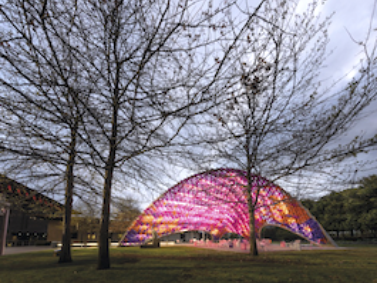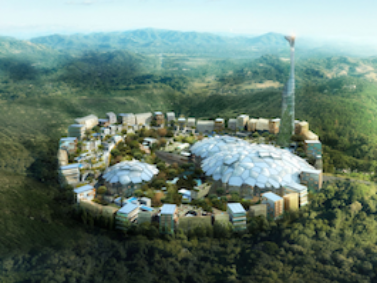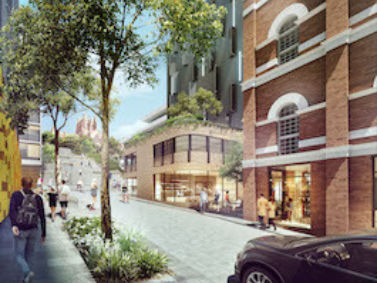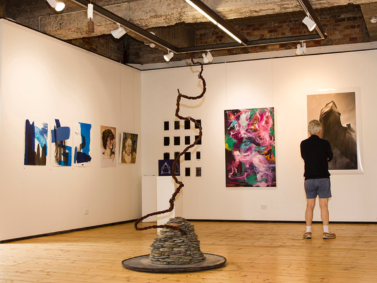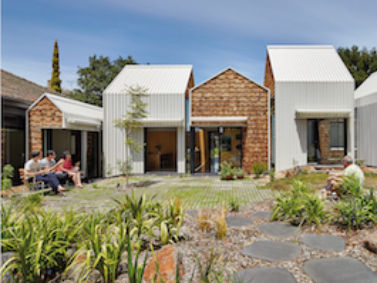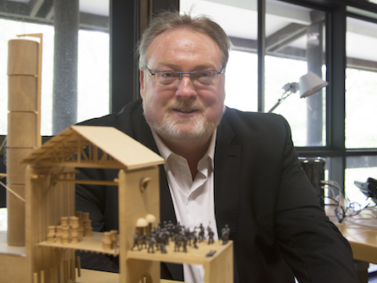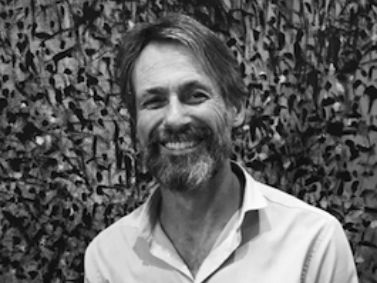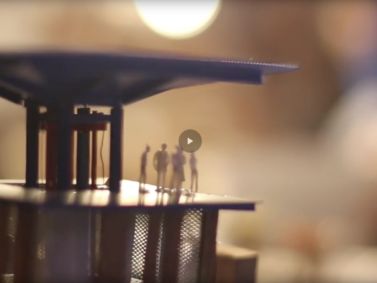White Bay Repository
Architecture is a medium capable of both manifesting and reinterpreting narratives within the social, cultural and urban landscape. The White Bay Repository represents an exploration into the memory and symbolism of abandoned spaces and the cultural displacement of industry.
The project presents a dissection and investigation into the industrial ruins of White Bay Power Station. The intrinsic bond between coal as an insatiable means to power contemporary society and the rituals of death are symbolic of the perpetual life cycle of death and rebirth.
The White Bay Repository challenges social perceptions of death, a symbol of mortality reinterpreted in the form of a morgue, mortuary, crematorium, cemetery and archive- the cycle of consumption ensconced within the urban fabric as the smouldering stacks stand in perpetual mourning. The crematorium utilises the existing Power Station chimney stacks to release the smoke from the cremation furnaces. This creates the imagery of perpetual mourning in society, linked with the image of mortality and the cycle of consumption.
‘The complimentary worlds of the living and the dead... the image of the awesome chaos before the Creation, a chaos to which man returns to in death.’ Claude-Nicolas Ledoux, 1785.
The bodies of the deceased are equated with the former industrial remains returning to its origins. The emphasis is transferred from the glorification and the presentation of the remains, to the preservation of the memory encapsulated in the deceased. The White Bay Repository is visualised as a recording mechanism of memory/information emphasising the importance of the loss of information within the deceased. The morgue documents the deceased, coding, collating information and further investigating the human species thereby becoming a reference point for future scientific investigation.
